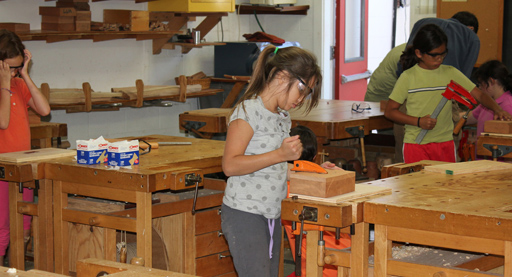
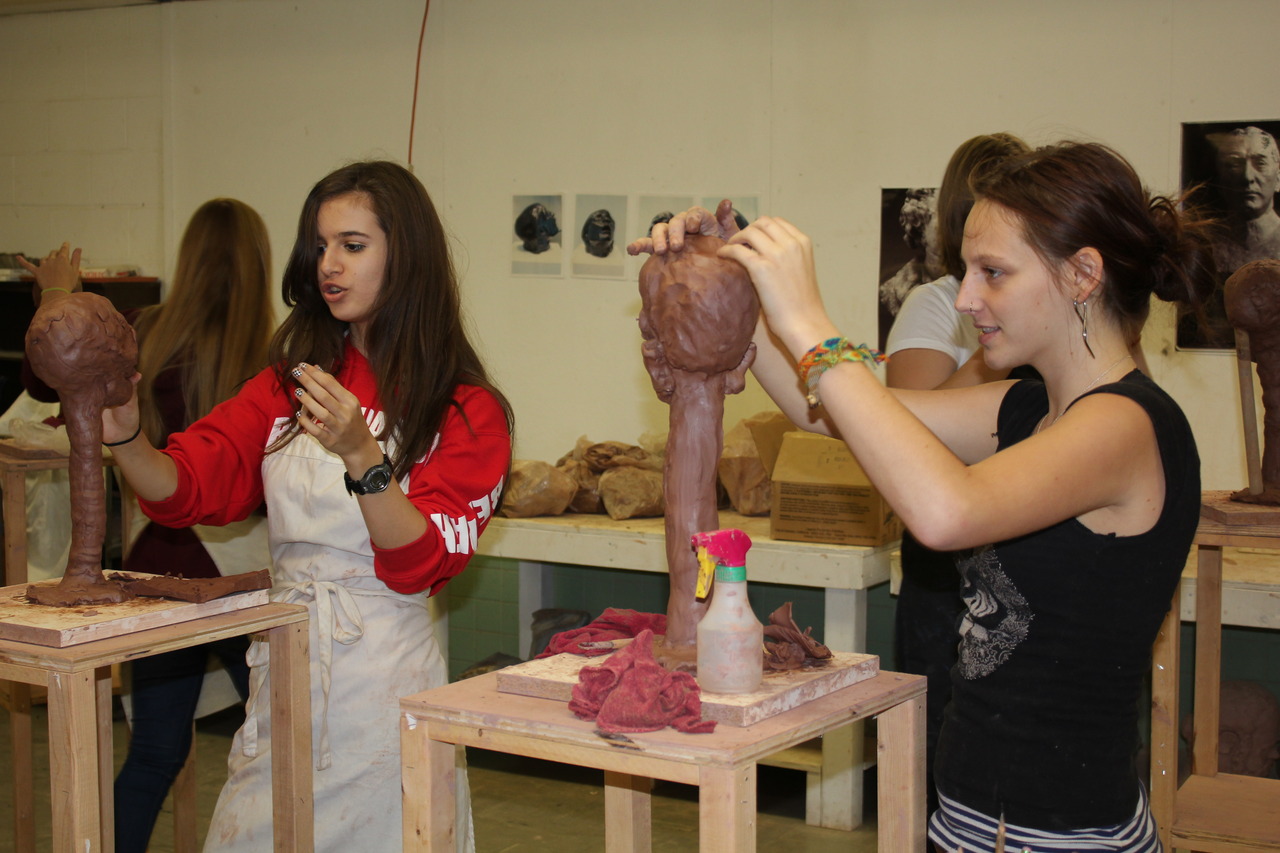
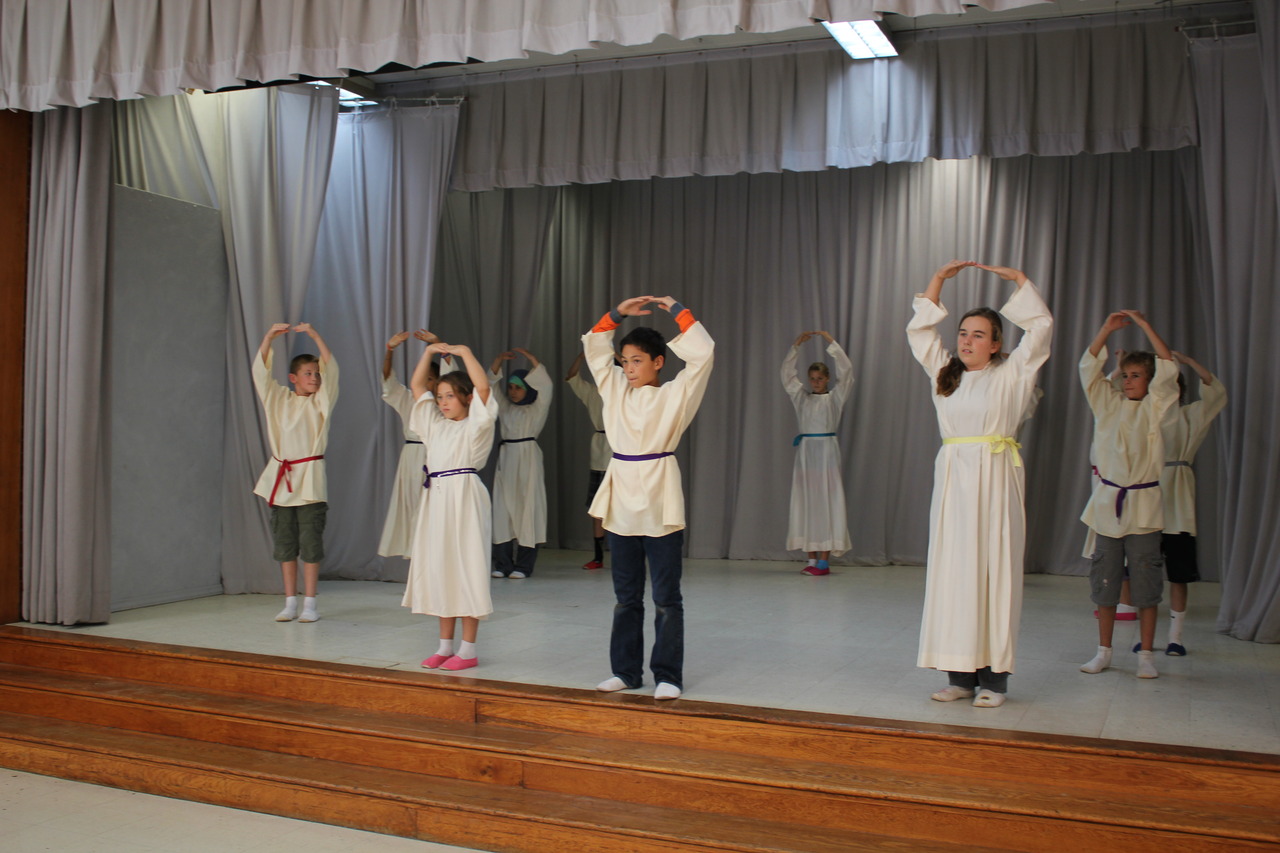

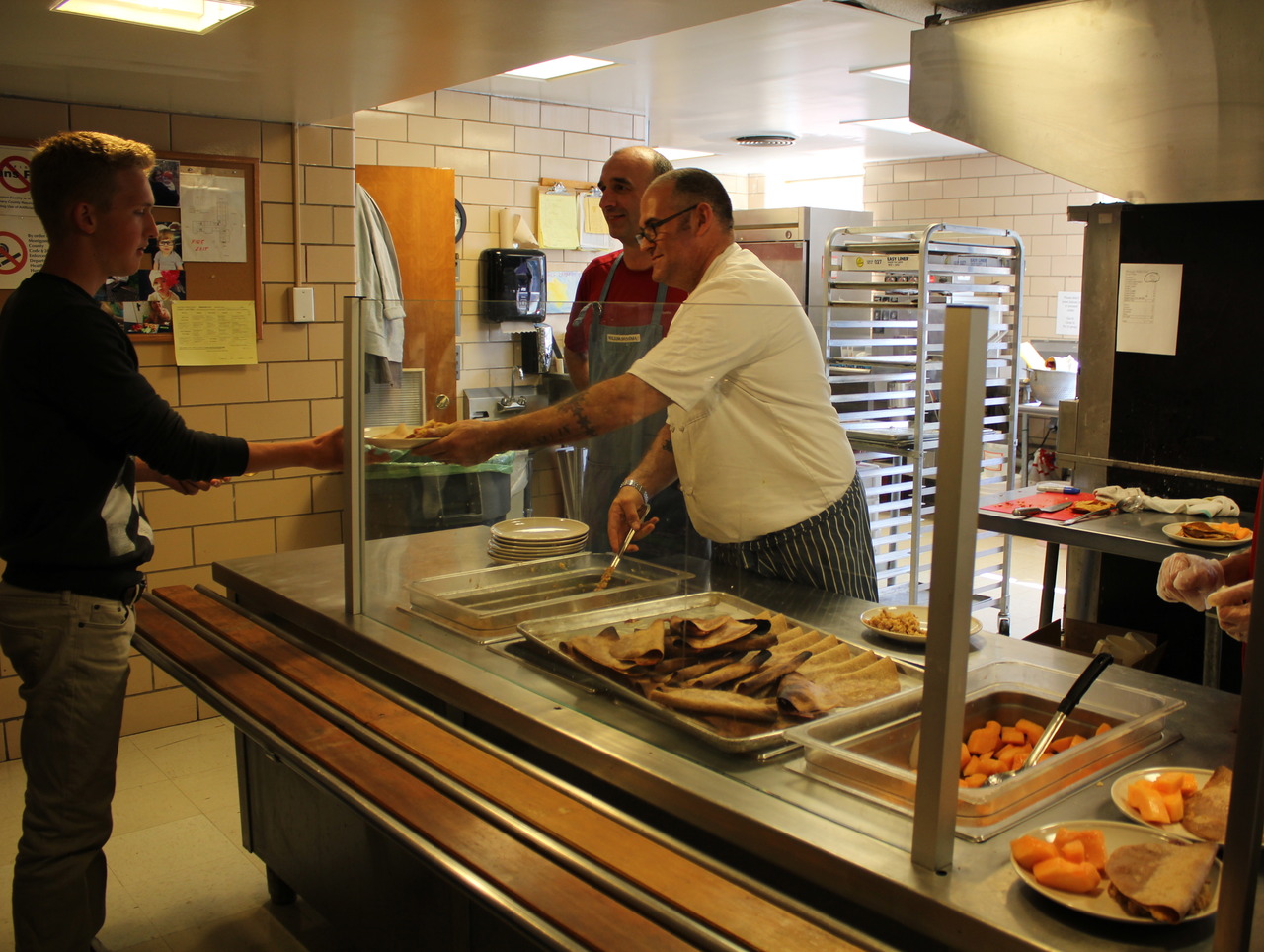
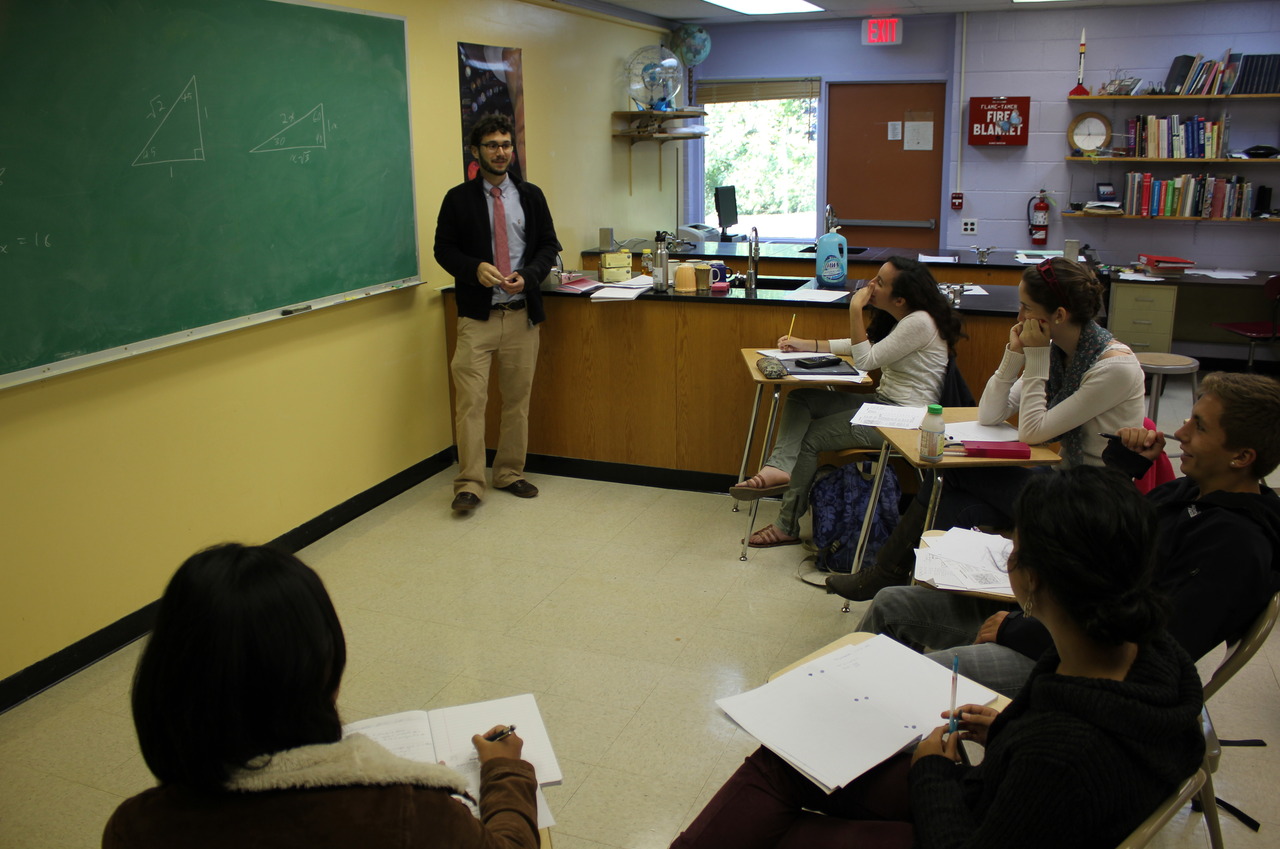


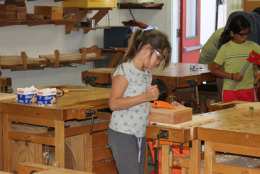

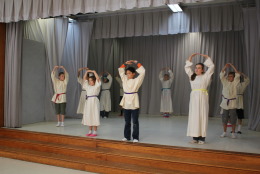





Josie Duckett, special to wtop.com
BETHESDA, Md. – Step inside the doors at Washington Waldorf School and you’ll find woodwork, cross-stitch and sculpture classes — but you won’t find web design, graphics or film classes. As schools race to the top, innovation here looks basic, artsy and unplugged.
With 120 Waldorf schools in North America and 1,000 Waldorf schools across 60 countries, the self-proclaimed “fastest growing education movement” keeps attracting students despite the digital revolution in American culture and classrooms.
Waldorf’s approach caters to paying attention to learning, instincts and the world — tough skills to teach in the distracted era of texting, friending and tweeting. The classes are small — with only 264 students in the entire school — and teachers use hands-on learning in lieu of computing.
Washington Waldorf Faculty Chair Natalie Adams says the seminar teaching format with frequent adult interaction benefits students.
“They’re comfortable in their own skin — in real interactions with people as opposed to what you see with teenagers today interacting with the device versus each other, which is sad,” Adams says.
Two November reports by the Pew Research Center and non-profit Common Sense Media found teachers overwhelmingly believe digital technology is curtailing attention spans and critical thinking skills.
In the Pew survey, 87 percent of 2,000 middle and high school teachers said the Internet and digital technology have caused an “easily distracted generation with short attention spans.” Common Sense Media researchers found that 71 percent of 685 K-12 teachers surveyed say the media – including TV shows, music, video games and the Internet — interferes with attention span, followed by concerns for writing skills, homework preparation and face-to-face communication skills.
Jack Petrash, a Waldorf teacher of 40 years and author of “Understanding Waldorf Education: Teaching from the Inside Out,” says he believes the absence of technology in classrooms encourages students to pay attention.
“It’s not that a Waldorf school doesn’t believe in technology – (kids) will be in a technology society — but with the younger children, we deemphasize technology because we want their whole participation,” Petrash says.
Gordiya Khademian, 17, switched from a large class at Bethesda-Chevy Chase High School to a graduating class of eight at Waldorf.
“It’s free of distraction. It’s a good place for learning. I felt that way the moment I walked into the school,” Khademian says.
She adds that she likes the smaller classes and problem solving.
“Instead of telling us this is how you do something, they let us figure it out,” she says. “It may take a little longer, but it ensures we know what’s going on.”
Washington Waldorf costs $20,750 a year for elementary school students, $22,000 for middle school students and $23,200 for high school students.
At Waldorf, students don’t take any standardized state tests, so the best measure of their learning is college placement and SAT scores. Adams says the average SAT score at Washington Waldorf for 2012 was 1,926 on a scale of 2,400. In comparison, the national SAT average was 1,500, according to the Princeton Review.
In addition to good testing scores, the school has a high matriculation rate. The Research Institute for Waldorf Education found that 94 percent of Waldorf graduates attended college and 88 percent completed college from 1943 to 2005. While the numbers look good on paper, critics say students may be at a disadvantage when they encounter technologies after leaving Waldorf.
Natalie Milman, director of the Education Technology Leadership Program at George Washington University, says she thinks students could benefit from integrating more electronics in their curriculum, especially in a world saturated with technology.
“It is everywhere you go. The grocery store, you text payment for parking — it’s everywhere,” she says. “The reality is that we are immersed in a technology culture.”
But being free of devices during the school day, students including Khademian say they feel focused at Waldorf.
“You have every opportunity to learn what you want,” she says. “There is nothing stopping you.”
Follow @WTOP on Twitter.
(Copyright 2013 by WTOP. All Rights Reserved.)






